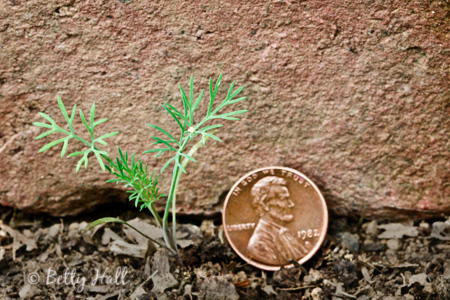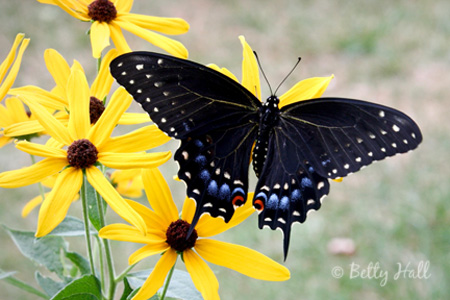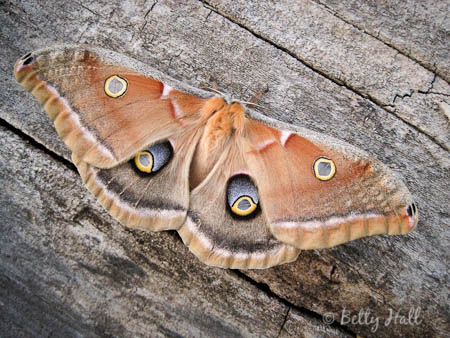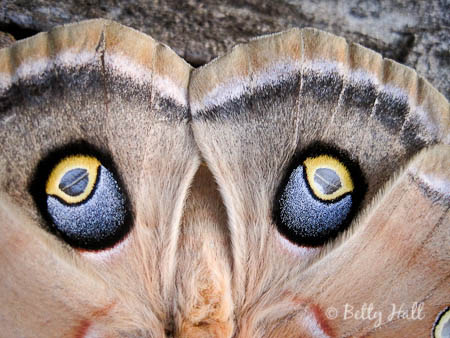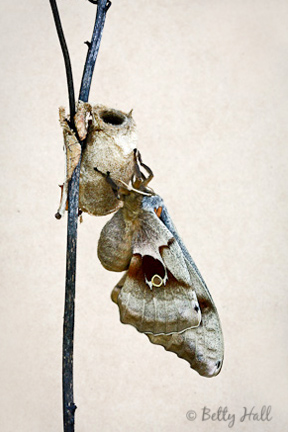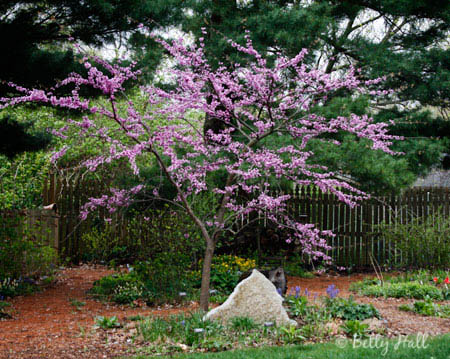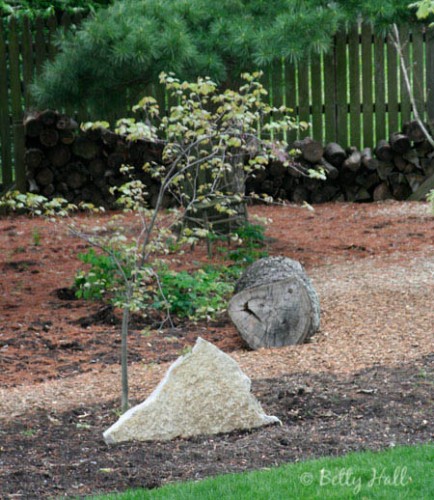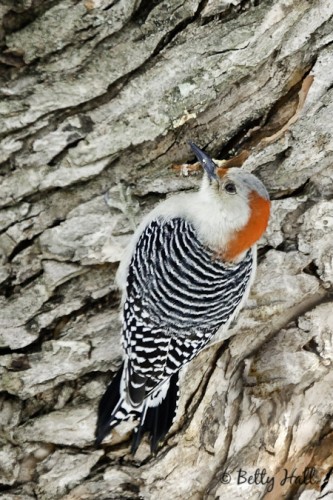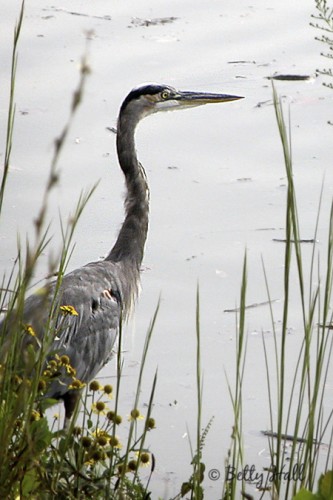I started raising native Kentucky butterflies four years ago. It has been a relatively easy and enjoyable learning experience. Black swallowtails (Papilio polyxenes), also known as parsley butterflies, are one of my favorites and one of the easiest to raise.
Last week I saw a black swallowtail butterfly fluttering around my small patch of dill, parsley and fennel plants. I grow these plants partly to eat, and also to attract the butterflies. I have found eggs on these plants in the past. Sure enough, when I looked later I found this tiny light-colored egg on a small dill plant.
I have brought the plant and egg inside. I hope to photograph the black swallowtail’s life cycle. I look forward to watching it change into a caterpillar, then a chrysalis, and finally an adult butterfly like the female above. I am checking the egg daily and will report the happenings.

